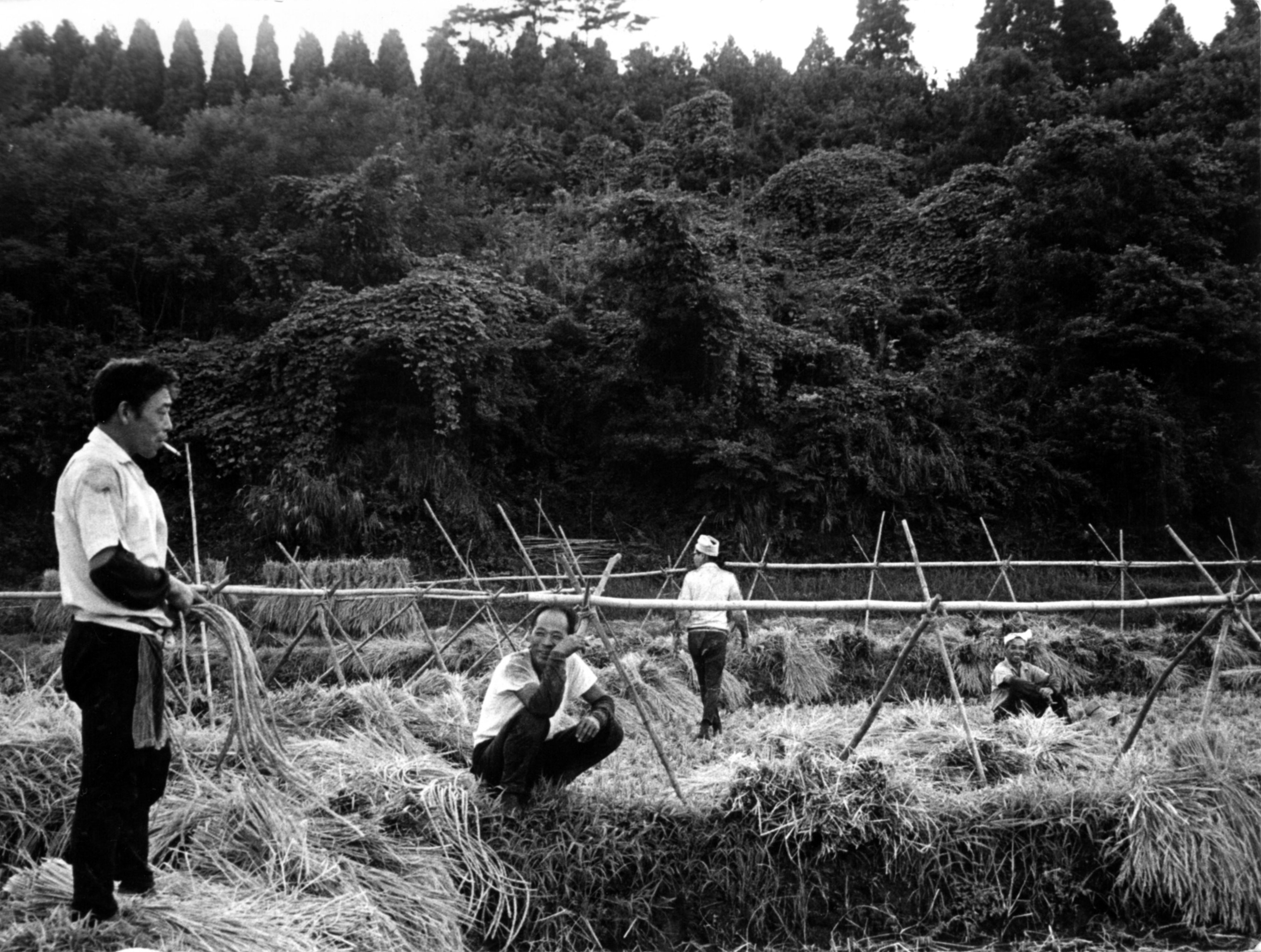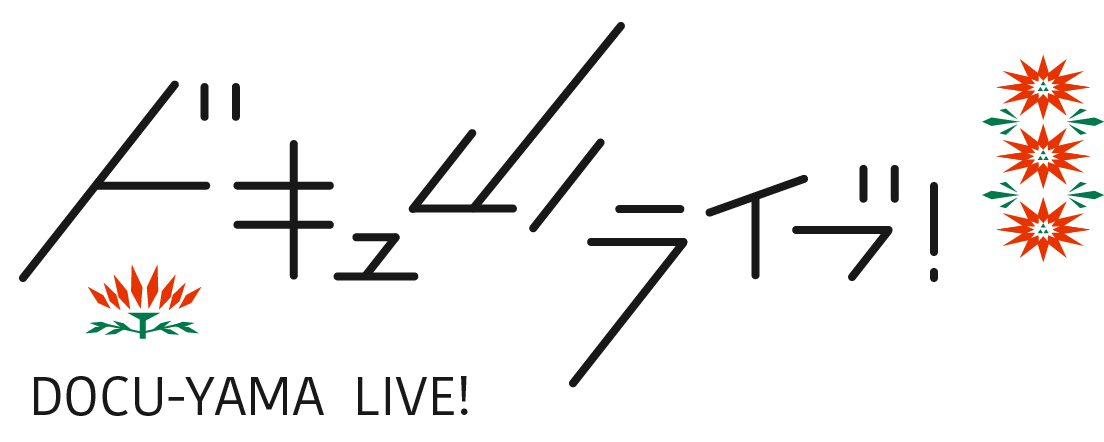
The screen announces “Days Later at the Public Hall the Women Hold a Ceremony,” but we hear melodious chants and rhythmic beats before we can see whoever may be behind it. The music precedes everything, followed by a revelation of many hands; praying hands on the chest, drumming hands on the floor. We get to see a face, or half of it, roughly a minute later. The eyes of the women are either closed or fixed in one direction when reciting sutras, while the camera glides slowly as if adjusting to the harmony.
The last scene of Ogawa Shinsuke’s Narita: Heta Village (Sanrizuka Heta buraku, 1973; screened at YIDFF 2025 in the Special Invitation Films section) is the first scene in the film where the primary sound elements—the villagers’ chatter, the filmmaker’s voiceover—are intentionally absent, replaced by pure musical recitation. Undisturbed by dialogues and confrontations, the scene descends into the sort of mild trance that follows a period of concentrated communal prayers. There’s rarely a facial close-up since the camera doesn’t linger for long. By foregrounding the chanting sound and juxtaposing it with the camera’s soft focus on the proximate sitting arrangement, sleeves and collars and negative spaces, the scene absorbs the women into the ceremonial atmosphere. Some of them may have previously appeared in other scenes with some particularity or social standing, but visually they are no longer singular characters. This is the nature of communal prayer; by now, it’s no longer about one matriarch, two released prisoners, three hamlets, and so on.
What do we do except welcome this enchantment? We have witnessed these villagers, men and women alike, fighting for their land through various strategic interventions, either publicly through a town hall and direct action or privately through information exchange including gossiping in the field during a harvest. Improvised and dialectical, all of them. Then there’s this brief moment, under five minutes out of the film’s two-and-a-half hours runtime, where a dedicated cohort sings in unison alongside simple percussive instruments. We are immersed in the repetitive music at the same time as the women synchronize their solemn pitch, absorbed with one commensurate response to give back: our full attention. Attention, to borrow Simone Weil’s aphorism, “taken to its highest degree, is the same thing as prayers.”
The film’s coda offers a certain relief, a break in the cloud earned through one’s attention and absorption, before Ogawa returns to rhetoric. The pitch-black screen announces one last thing: “Will They Come to Destroy the Village?” The end credits roll, leaving us pondering an interrogative sentence that propels us to remember why the communal prayers must be held in the first place. Here is, to refresh our memory, a community of farmers whose connection to the land is so strong they feel like their own flesh is rotting when they see the empty fields left by those who have fled the village instead of joining an agrarian alliance against the establishment of a new airport. The stewardship (of the land and of each other) has begotten a potent, embodied kinship. Or perhaps the other way around: their kinship comes first as a sort of metaphysics. No wonder that this very ceremony must be held the following days, even if the villagers could be joyful for a minute after the return of their jailed youth. It is also fitting that the sung verses from the sutra book use metaphors of nature and unity. “Buddha, like the flowers we too are short-lived / We cannot be without prayer / While we offer prayers to you / We are in your holy garden…”
Throughout Heta Village, it is evident that the villagers’ sense of generational continuity helps build the basis of their political and environmental solidarity. Ogawa himself via a voiceover correlates folk traditions of the past and resistance movements of the present, stating that “today’s group is the basis for tomorrow’s historical rites.” That the group in question—at least a subset of it, as shown in the film’s coda—decidedly and faithfully keeps this one alive implies that the future will likely see the same sutra-chanting communion. Will They Come to Destroy the Village? Come what may, if we conclude that the village and the villagers are much interlinked, if one part of the equation is not yet destroyed and instead still makes time to offer prayers to the Buddha amidst everything else going on, what can we say about the other part? The women, as they always do, will hold a ceremony for another day.
Innas Tsuroiya
![ドキュ山ライブ! [DOCU-YAMA LIVE!]](http://www.yidff-live.info/wp-content/themes/yidff-live_2017/images/header_sp_logo1.png)

